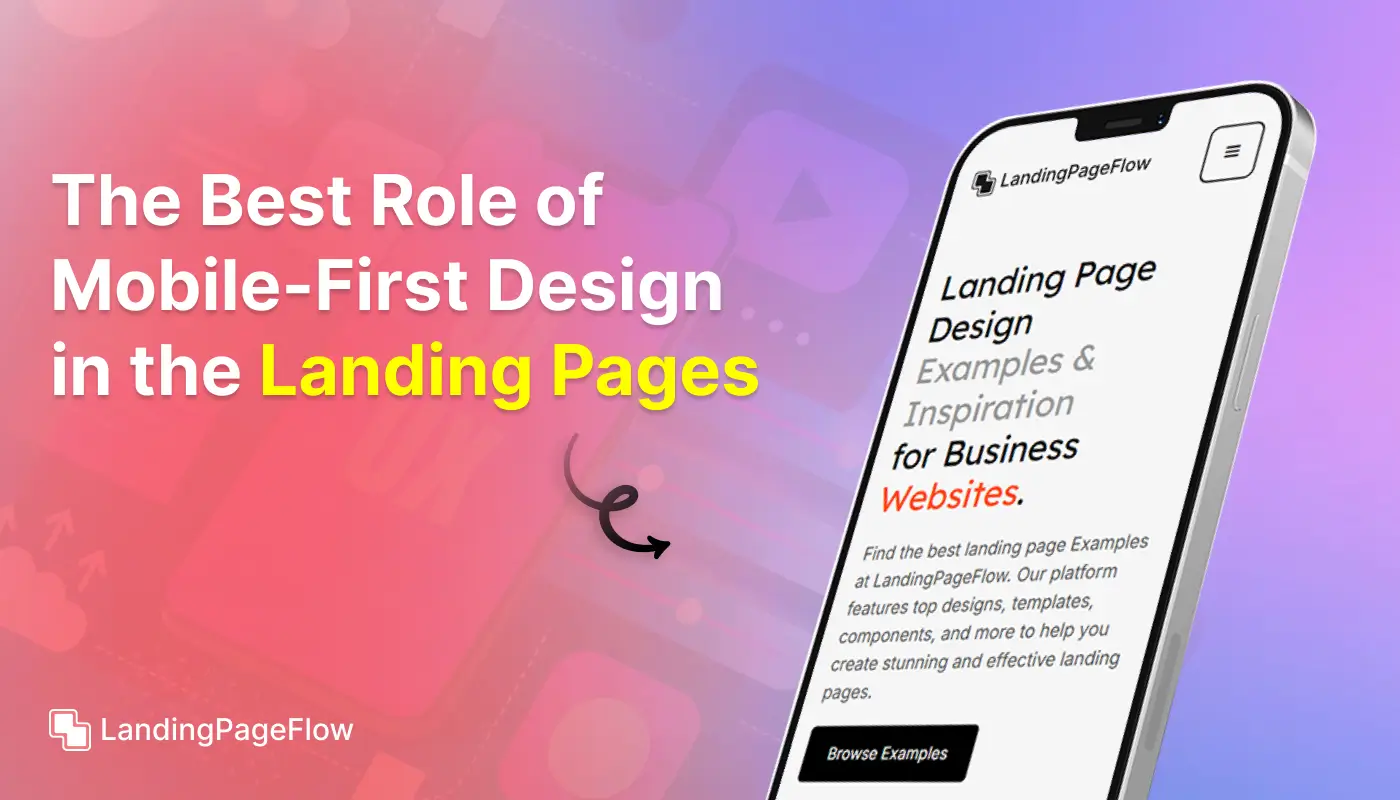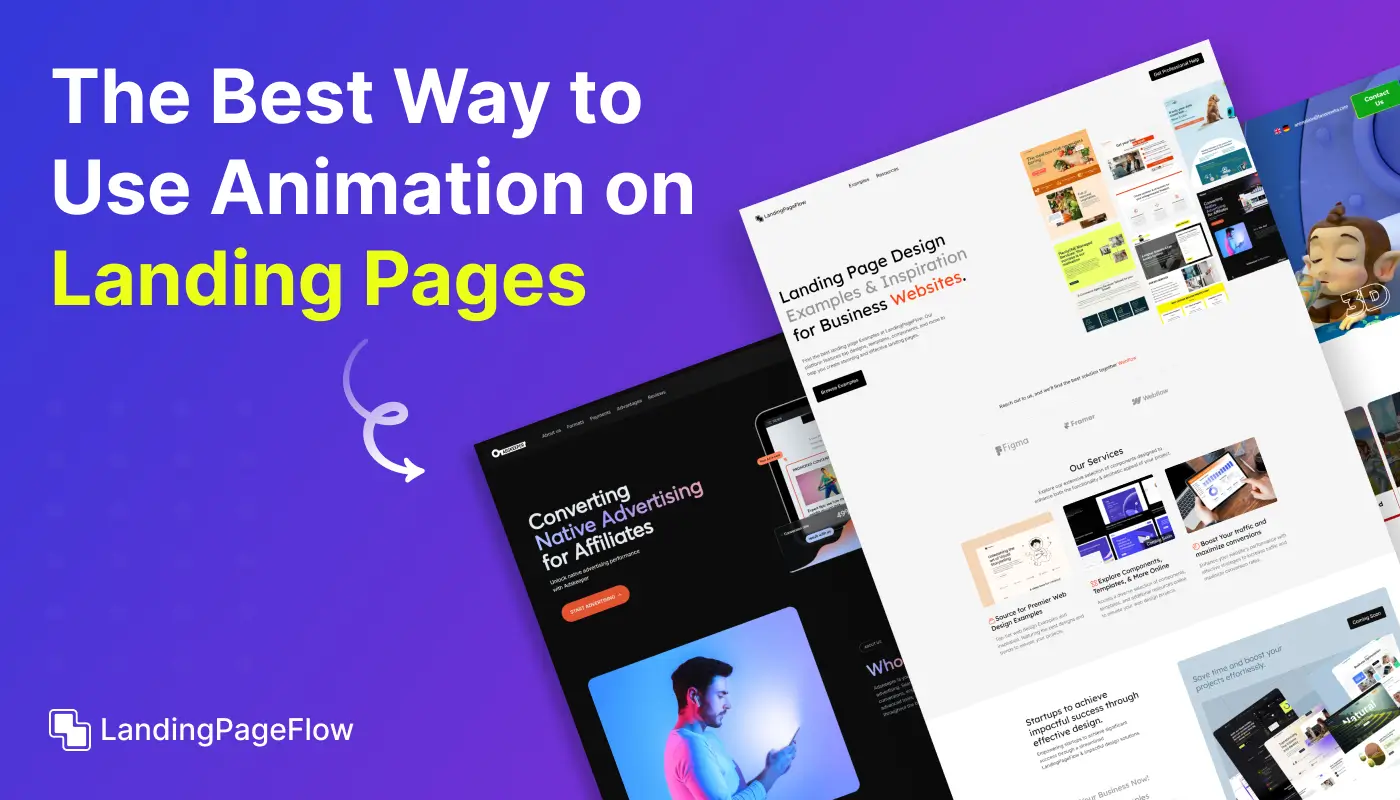How to Create a Stunning Welcome Page with HTML | A Step-by-Step Guide

August 25, 2025
First impressions define how visitors engage with your site, and a welcome page is the perfect place to set the tone. A well-designed page can instantly communicate your brand’s style and value.
A welcome page built with HTML allows you to blend structure, clarity, and creativity. You gain full control over layout, typography, and messaging. Each element of the page can be tailored to highlight your brand voice.
Strong headlines capture interest while visuals reinforce the message. Smart use of spacing and hierarchy improves readability and flow. Call-to-action buttons ensure visitors know the next step without hesitation.
Creating such a page may sound challenging, but HTML makes it easier than most people think. With simple yet powerful code snippets, you can build pages that look stunning and perform equally well across devices.
"Looking to attract and convert from the start?
Secure your free expert guide today and create a welcome page that works."
Table of Contents
- Understanding the Purpose of a Welcome Page
- Key Elements of a Welcome Page
- Choosing the Right Platform
- Step-by-Step Guide to Creating Your Welcome Page
- Best Practices For Designing Your Welcome Page
1. Understanding the Purpose of a Welcome Page

A welcome page serves as the first point of contact for visitors, setting the tone for their experience on your site.
Here are some primary purposes of a welcome page:
- Introduction: It introduces your brand, product, or service, giving users a brief overview of what to expect.
- Engagement: It captures the visitor's attention and encourages them to explore further.
- Call to Action (CTA): It guides users toward a specific action, such as signing up for a newsletter, exploring content, or making a purchase.
2. Key Elements of a Welcome Page

To create an effective welcome page, consider including the following elements:
- A Compelling Headline: This should grab attention and communicate your main value proposition.
- High-Quality Images: Use visuals that reflect your brand and appeal to your target audience.
- Engaging Copy: Write clear and concise text that informs and excites visitors about what you offer.
- Call to Action (CTA): Include buttons or links that guide users to the next steps.
- Navigation Links: Make it easy for visitors to find other parts of your website.
3. Choosing the Right Platform

Several website builders allow you to create beautiful landing pages without coding. Some popular options include:
- Wix: User-friendly with a drag-and-drop interface.
- Squarespace: Offers stunning templates and excellent design flexibility.
- WordPress: With plugins like Elementor, you can design without coding.
- Canva: While primarily a design tool, Canva now allows you to create web pages.
4. Step-by-Step Guide to Creating Your Welcome Page

Step 1: Sign Up for a Website Builder
Choose a website builder and sign up for an account. Most platforms offer free trials or plans to get you started.
Step 2: Select a Template
Once you’re in the builder, browse through available templates. Look for those labeled as "Landing Page," "Welcome Page," or "Coming Soon." Choose a template that resonates with your brand style.
Step 3: Customize Your Template
Most website builders offer a simple drag-and-drop interface. Here’s how to customize:
- Edit Text: Click on text boxes to modify headlines and descriptions. Make sure your text is engaging and reflects your brand’s voice.
- Add Images: Upload high-quality images that represent your brand. Drag them into place or replace existing images in the template.
- Change Colors: Modify colors to match your branding. Most builders allow you to change the color palette easily.
- Adjust Layout: Rearrange elements by dragging them around. Ensure a clean and organized layout that guides visitors naturally.
Step 4: Add Your Call to Action
Include a clear CTA button that directs visitors to the next steps, such as:
- “Explore Now”: To lead to your main website.
- “Sign Up for Our Newsletter”: To collect emails.
- “Shop Now”: If you have products to sell.
Make the button prominent and use contrasting colors to ensure visibility.
Step 5: Preview Your Page
Most website builders allow you to preview your changes before publishing. Check how your welcome page looks on both desktop and mobile views. Make any necessary adjustments.
Step 6: Publish Your Page
Once you are satisfied with your welcome page, hit the publish button. You may receive a link to your new page that you can share with your audience.
5. Best Practices For Designing Your Welcome Page

A. Keep It Simple
Avoid cluttering your welcome page with too much information. Focus on your primary message and make it clear.
B. Use High-Quality Visuals
High-quality images and graphics can significantly enhance the appeal of your page. Make sure they are relevant and engaging.
C. Optimize for Mobile
Ensure your welcome page is mobile-friendly. Most website builders automatically create mobile-responsive designs, but double-check how your page looks on smaller screens.
D. Use Clear CTAs
Your call to action should be visible and compelling. Use action-oriented language that encourages visitors to take the next step.
E. Test Different Versions
Consider A/B testing different headlines, images, or layouts to see what resonates best with your audience.
Conclusion
Every great website starts with an engaging welcome page, and HTML offers the perfect flexibility to bring your ideas to life. A clean, well-structured design makes users feel guided rather than overwhelmed.
Carefully placed visuals and copy ensure the message stays clear and consistent. A thoughtful welcome page can also improve navigation and lower bounce rates.
Visitors are more likely to stay when they feel instantly connected. Customization through HTML means no design limitation stands in your way.
As you refine these elements, your welcome page becomes more than a design; it becomes a conversion tool.
Start experimenting and watch how a strong welcome page transforms your user experience and overall website performance.

FAQ
1. Why should I use HTML for my welcome page?
HTML gives you full control over design structure, making it lightweight, customizable, and adaptable across devices.
2. Do I need coding skills to create a welcome page in HTML?
Basic knowledge is helpful, but most steps are simple and easy to learn, even for beginners.
3. Can I add CSS to make my HTML welcome page more attractive?
Yes, combining HTML with CSS lets you style your page with colors, fonts, and layouts that match your brand identity.
4. How important is a welcome page for user engagement?
It sets the first impression, directs visitors, and can increase conversions by offering clear navigation and messaging.
5. Is an HTML welcome page mobile-friendly?
Yes, when coded properly, HTML pages are fully responsive and look great on smartphones, tablets, and desktops.
6. What elements should a good welcome page include?
Strong headlines, engaging visuals, clear navigation, and compelling call-to-action buttons are essential for success.



















